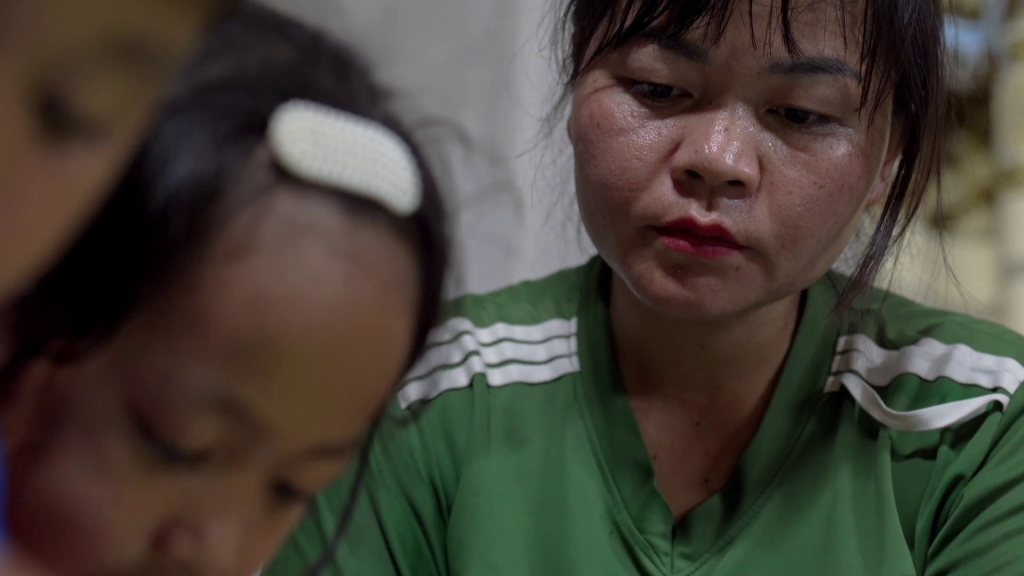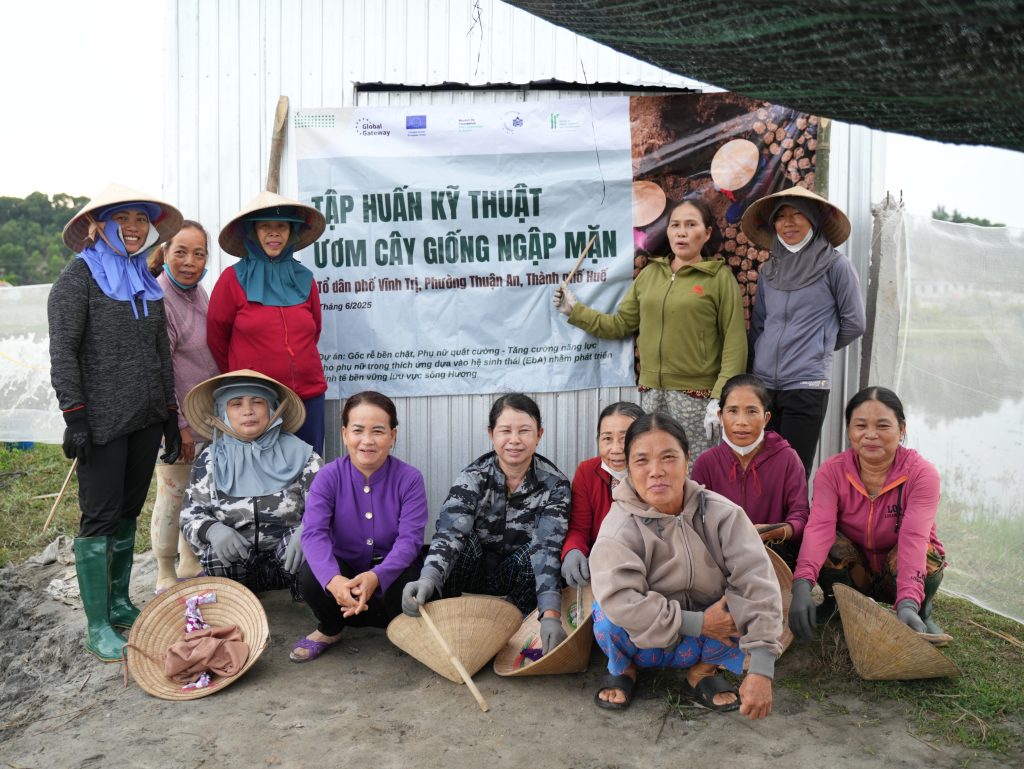The rivers affiliated to 3S-river system
The Sekong, Srepok and Sesan rivers of the 3S river system are not only the most important tributaries of the Mekong River, but also play an indispensable role in providing water and sediment to the downstream area, the delta and the Mekong Delta. They also act as main routes for fish movement.
The 3S River basin occupies a large area of up to 78,650 km2, located downstream of the Mekong River which is shared by three countries: Laos (29%), Vietnam (38%) and Cambodia (33%). Although it accounts for only 10% of the entire Mekong River basin, it makes an important contribution to 23% of the Mekong River’s annual water volume.
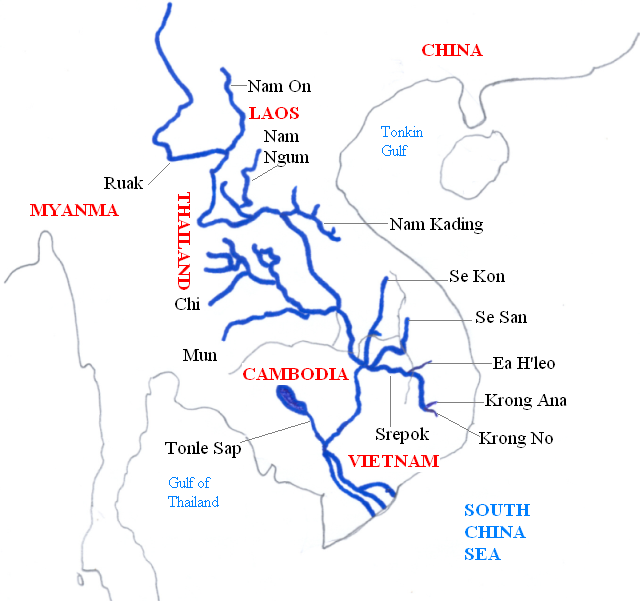
3S river system on the map.
Serepôk River (Dak Krong River) is the largest river in Dak Lak province. It is also a large tributary of the Mekong River. Serepok is also called Dak Krong for its part that runs in territory of Dak Lak Province. Taking origine in Dak lak Province, the Serepok runs via Vietnam Central Highlands and flows through some provinces of Cambodia before converging with the Mekong River. The Serepok has two of its own tributaries that are Krong Ana and Krong No (Mother river and Father river). In Dak Lak the river flows through Krong Ana, Buon Don and Ea Sup districts. There are many majestic rapids along Dak Krong which are still relatively wild such as Trinh Nu waterfall, Dray Sap waterfall, Dray Nu waterfall, Dray H’linh waterfall, Gia Long waterfall, Bay Nhanh waterfall. All these are attractive tourist destinations.
The Se San River is another major tributary of the Mekong River which takes its in North and Central Highland of Vietnam. In Vietnam, the Sesan flows through Gia Lai and Kon Tum provinces then after crossing Vietnam-Cambodia border, runs through the province of Ratanaki-sri before converging with the river of Serepok near Stung Treng. The Se San River basin occupies about 17,000 km². On the territory of Vietnam, the Se San River is 237 km long and its basin is 11,450 km² large.
The Sekong River originates from the Truong Son mountain range in territory of A Luoi district, Thua Thien – Hue province. In A Luoi it is called A Sap River. The entire Sekong basin is 29,750 km², of which the part in Vietnam is 750 km² (around the A Sap River and a small tributary of Sekong originating from Kontum), the part in Laos is 23,000 km², and in Cambodia is 5,400 km².
In addition to providing water resources, the 3S River system also plays an important role in providing a range of important ecological services. It brings richness and diversity to the Mekong River and the lower floodplains and the Mekong Delta. The ecosystem of the 3S River is a unique and important habitat for many species of animals and plants as well as provides food source to ensure life for thousands of riverine communities.
However, the three-river system has recently been facing many challenges and environmental problems. Unsustainable development, overexploitation of resources, water pollution and climate change all together lead to ecosystem degradation which is negatively affecting the health and survival of inhabitants of this region. Therefore, the protection and sustainable management of the 3S river basin has been raised as an urgent task. Not only does it need for the protection of precious water resources but also for the preservation of biodiversity at the region as well as the protection of riverine communities’ lives. .
Srepok River – Dak Lak – Central Highlands, Vietnam and the goal of the tour
The Srepok River which takes its origin in Dak Lak province, Vietnam, runs through some Dak Lak districts before entering Cambodia. In Cambodia it flows through Ratanakiri and Stung Treng provinces and then congerges with the main stream in Stung Treng province. Within Vietnam, the Srepok River basin has an area of 12,030 km2 and its main stream is about 290km long.
The river basin covers almost the entire area of Dak Lak province with a population of 1,874,000 people (according to 2017 statistics. It contains high biodiversity value with 195 species of fish and other aquatic species, including species of high economic value and scientific significance. With a huge water flow and a rich and diverse ecosystem, the Serepok River creates a huge source of fisheries and hydropower. Not only do the aquatic resources provide daily food but they also create jobs for thousands of riverine households.
Recognizing the similarities in topographical characteristics, climate and river basin systems, the Centre for Social Research and Development believes that the experiences, advantages and difficulties in socio-economic development are issues that can be learned, shared and mutually supported between the community of A Luoi district, Thua Thien Hue province and the community of Dak Lak province. Within the framework of the project “Improving women’s capacity in building sustainable livelihood models based on effective management and use of water resources in the upstream of A Sap River in A Luoi district, Thua Thien Hue province, Vietnam”, Center for Social Research and Development (CSRD) and Consulting Center for Sustainable Development of Water Resources and Climate Change Adaptation (CEWAREC) jointly organized a 2-day study tour for 35 people from government agencies and communities in A Luoi district – Thua Thien Hue province. This is an opportunity for the A Luoi community to be shared with experiences, to learn about technical processes, management methods and sustainable development in the fisheries sector. Within the framework of the tour, A Luoi community is also introduced to how to manage and exploit water resources in the Central Highlands provinces.
A trip of connecting, learning and sharing
On the first working day, the A Luoi community listened to presentations by experts about water resource management in Dak Lak province, as well as livelihood and aquaculture models based on the water resources of local people in Dak Lak. The Irrigation Branch – Department of Agriculture and Rural Development of Dak Lak province presented on the current situation of and shared their experience in Water Resources Management; The Department of Fisheries reported on the aquaculture model in Dak Lak province and the role of local women in aquaculture model.
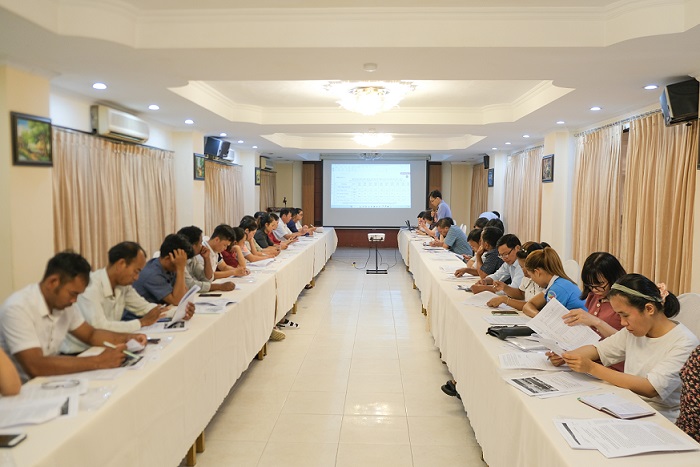
Representatives of government departments and branches of all levels of Dak Lak province are sharing relevant information with A Luoi guests.
After the sharing session by the representative of Dak Lak Fisheries Department, leading experts gave a brief presentation on livelihood models in Dak Lak province and the participation of local women. Mr. Pham Tien San, Irrigation Expert, had presentation about the participation of women in Dak Lak in the management and exploitation of water resources in the Srepok basin. Representative of Tay Nguyen University, Mr. Vo Hung had a brief review of livelihood models based on water resources in the Central Highlands provinces.
In order to have multi-dimensional, comprehensive view of governance and water resource management in Dak Lak, the A Luoi community had a visit to 2 of 7 community livelihood models in Dak Lak. These 7 community livelihood models were established in Ea Tung village (Krong Ana district), Tan Phu and Na Wer villages (Buon Don district), Yang Tao commune (Lak district) and Ea Sup Town (Ea Sup district) with the support and initial funds from CSRD within the framewok of the project “Water Resources Management”.
The community livelihood models of Ea Tung seafood group – hamlet 4 of Ea Tung village, Ea Na commune, Krong A Na district and Tan Phu seafood group, Ea Noul commune, Buon Don district, Dak Lak province have proved to be successful ones and have still been maintained until now.
Livelihood model of Ea Tung village community group – Connecting and developing together.
With the Project’s budget, the Ea Tung livelihood group was established in 2017 with 16 members, including 12 women.
From the project’s budget, the Ea Tung livelihood group with support from CSRD was established in 2017. The initial amount of support was about 24,000,000 VND to raise fish in ponds, the main type of fish raised. In the pond are snapper fish. The group contributed and matched an additional 36,000,000 VND to the general operating fund. The livelihood models has been run effectively with a fair revenues sharing mechanism among members. Group members raise fish in the form of rotating ponds. Labor and other contributions are recorded and paid to members accordingly by agreed rates. The group’s regulations are developed and strictly followed, including environmental protection issues and environmentally friendly and sustainable fish farming methods.
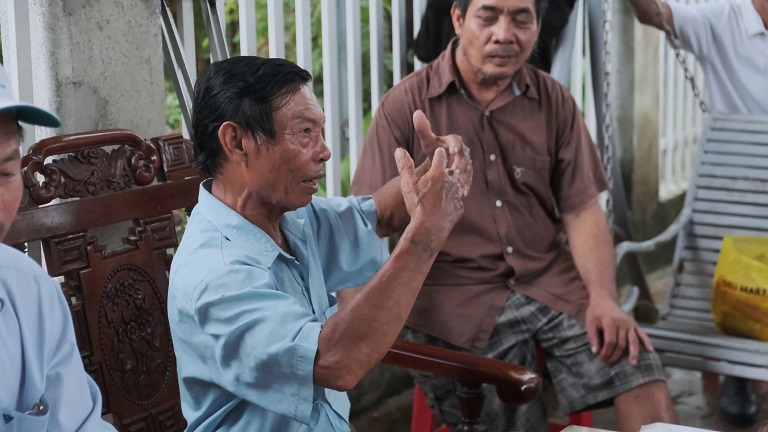
Mr. Le Van Trong – leader of the livelihood group shared about the formation process and activities of the group for the visiting group.
The success of the Ea Tung livelihood group is seen not only in maintaining the livelihood model which generates income but also in individuals connecting together in work and making a living as a collective. This is very necessary and especially important for community livelihood groups in A Luoi to learn in their future activities. This interaction and exchange of opinions helps each member of A Luoi community groups improve their communication skills, observation abilities and appropriate behaviors which are aimed at achieving the group’s goals and effective way for raising awareness of sustainable livelihood for each individual.
Until the end of 2023, Ea Tung livelihood model has still been maintained and implemented by the group. The last but not lest, not only have the group been successful in raising fish, they have also developed a model of raising hybrid wild boar at Mr. Le Van Trong’s household.
Tan Phu seafood group, Thien Phu ecotourism – Connecting, expanding and growing
On the second day of the study tour, the A Luoi community visited Tan Phu village, Buon Don District, Dak Lak Province to learn about two operating livelihood models. In addition, the group visited the Phu Nong Agriculture and Tourism Cooperative model – a model connecting all livelihood groups in the village which were built and developed by the villagers themselves. This is the highlight of the study tour.
Tan Phu Aquaculture Group is using the Serepok 3 hydropower reservoir to deployed cage fish farming with the support fund of 15 million VND from CSRD plus the group’s matching contribution of 45 million and funds raised by the local government with an amount of about 60 million. This common fund is spent on livelihood development for 07 members and operation of common fish cage.
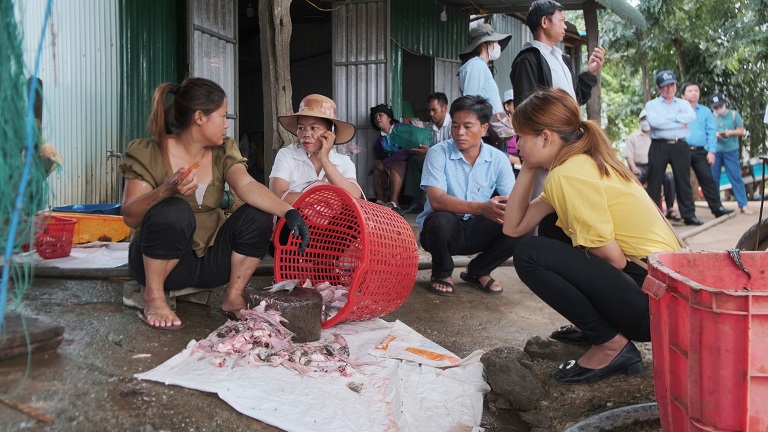
The local community in Dak Lak are sharing with the Aluoi community about aquaculture and exploitation activities on the Serepok hydropower reservoir.
The cage fish which is raised in Serepok hydropower reservoir is mainly red tilapia. It is often sold at the price of 60,000 VND – 70,000 VND/kg. Raising fish in cages on hydrpower reservoirs is a way to exploit the potential and advantages of the water surface of hydroelectric reservoirs. Regarding fish’s food, apart from synthetic bran, households also use available natural materials like small fish and shrimp, etc. which is caught in cages to process fish’s food. Not only does this help to reduce production costs but it also plays as an organic food which contributes to ensure the quality of the product. As a result, fish products sold by Tan Phu Aquaculture Group are highly appreciated by consumers.
The collaborative model of cage fish farming helps to create a large amount of products that both ensure quality and quantity, but also the competitive prices. Subsequently, not only does it meet consumer needs, but it also ensures the output market because of its popularity as clean products. Therefore, Tan Phu aquaculture products are widely consumed in supermarkets, schools, restaurants.
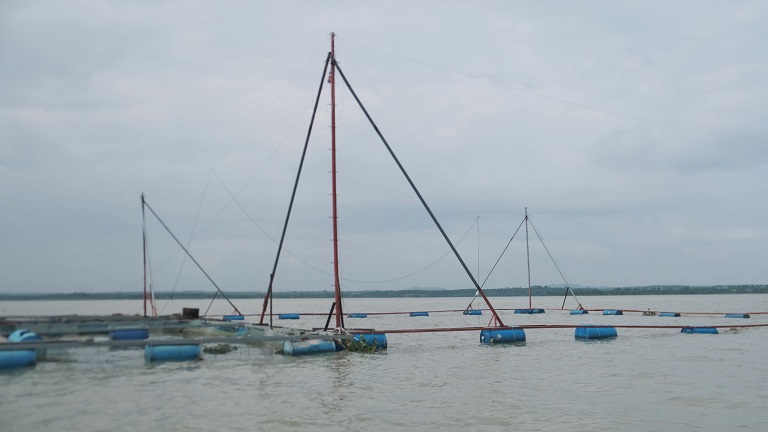
Raising red tilapia in a hydropower reservoir in Tan Phu village, Buon Don district, Dak Lak province.
Another successful eco-tourism group is Thien Phu which was established in 2018, including 15 households. The idea of establishing an eco-tourism model came from local who realized the potential for eco-tourism development of the hydroelectric lake area with beautiful landscapes and many local specialties. The cooperative’s strategy is to build eco-tour packages for tourists including sightseeing, visiting fish cage farming models, and enjoying local food and fruits.
Thien Phu ecotourism group is the first platform and also a part of Phu Nong Agricultural Tourism Cooperative. Within the framework of project activities, CSRD supported the group by organizing training courses on entrepreneurship and business planning.
From the idea to the formation and development of the local cooperative model
Based on the activities of the previously formed Aquaculture and Environmental Protection Group, Phu Nong Agriculture and Tourism Cooperative in Buon Don district was established in May 2019 with many types of activities in agricultural production, including cage fish farming on the Serepok 3 hydroelectric reservoir. The cooperative has connected the Tan Phu cage fish farming model and the Thien Phu eco-tourism group into the cooperative’s operating model, thereby forming a series of closely connected activities between members of the cooperative. The cooperative uses the entire lake surface area that has been assigned to both manage tourism development and develop and protect forests as well as other natural resources.
Along with the tourism development strategy, the cooperative also connects and promotes agricultural and fishery activities of the people of Tan Phu village and neighboring localities to form a sustainable tourism – agriculture – fishery market chain which is widely spread throughout the province and the country. Currently, the cooperative welcomes tourists at almost all its members. Not only this use local resources but also connect all consumption points from cooperative members as a source of supply for tourism activities.
The Phu Nong Agricultural Tourism Cooperative model is a new, bold and promising direction built by local people of Tan Phu village. Taking advantage of locally available resources, the idea of connecting the community, building and developing community-based agriculture and tourism are the vital goals they aim for. That is also an important destination to help people as well as members of the cooperative determine the steps on their development path. This is something that members of A Luoi district Thua Thien Hue Province can learn and apply in building and operating livelihood models supported within the framework of the IP 2 project.
The value of connection, sharing and learning
Stories about the livelihood models of Dak Lak people have become a great source of motivation for A Luoi people.
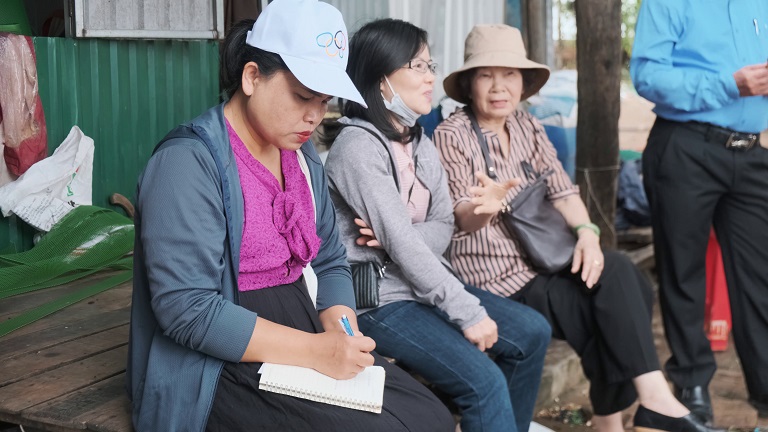
The tour group had experiences and learned a lot of valuable knowledge through the trip.
According to Ms. Nguyen Thi Hai Ly – Can Tom village, Hong Thuong, A Luoi: “I am very lucky to have chance to participate in both tours. In Can Tho I was very impressed and therefore interested in the novelty in the way people manage and administer water resources. During my trip to the Central Highlands, I admired the people here, the way they connect, the way they work together to build and develop their livelihoods as well as the way manage resources. What I have learned will be a valuable resource for me in my life and my future livelihood activities.”
Not only did Aluoi people hear inspirational stories about livelihood models during their study tours to Can Thơ and to Tay Nguyen, but they also gained a lot of experiences and valuable knowledge of developing livelihood models. These experience and knowledge can be icluded in their job skills packages to which they apply in development of their new livelihood models. In addition, the trip also created connections between A Luoi people and experts, organizations and communities in Dak Lak, opening up opportunities for cooperation and exchange, creating a network of support and sharing experiences.
Video of study tour:




